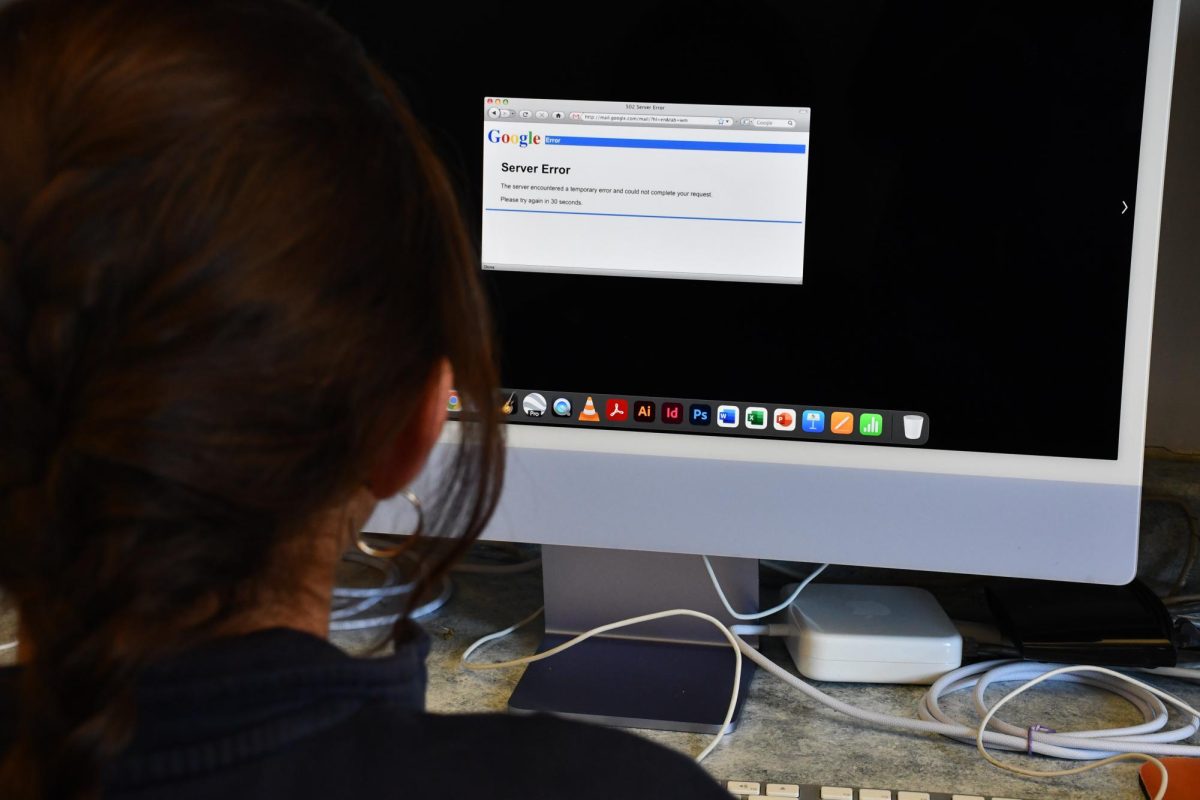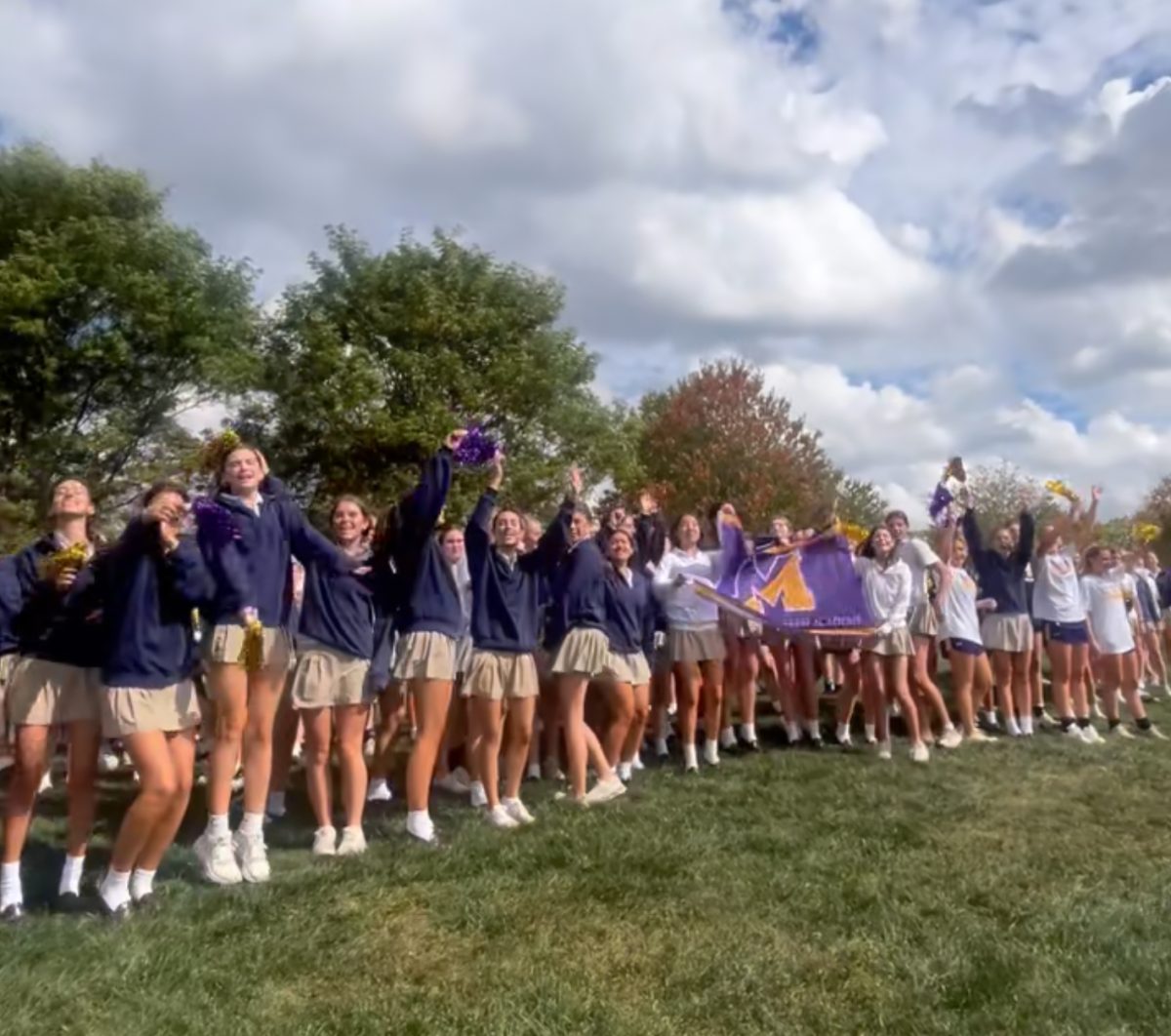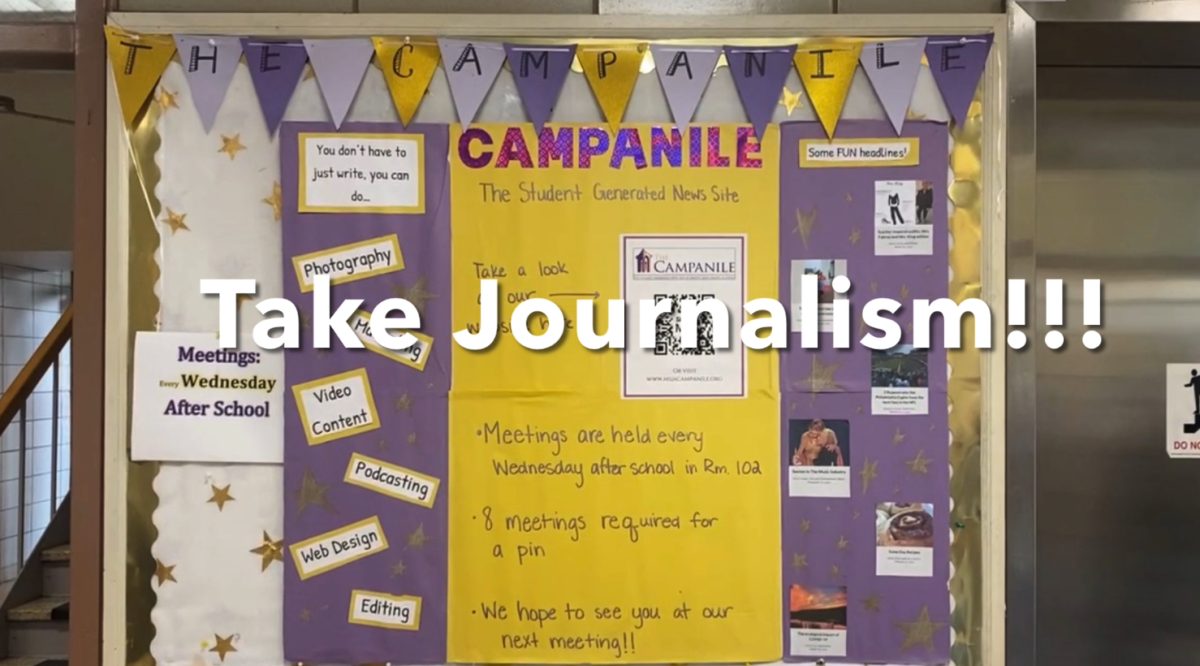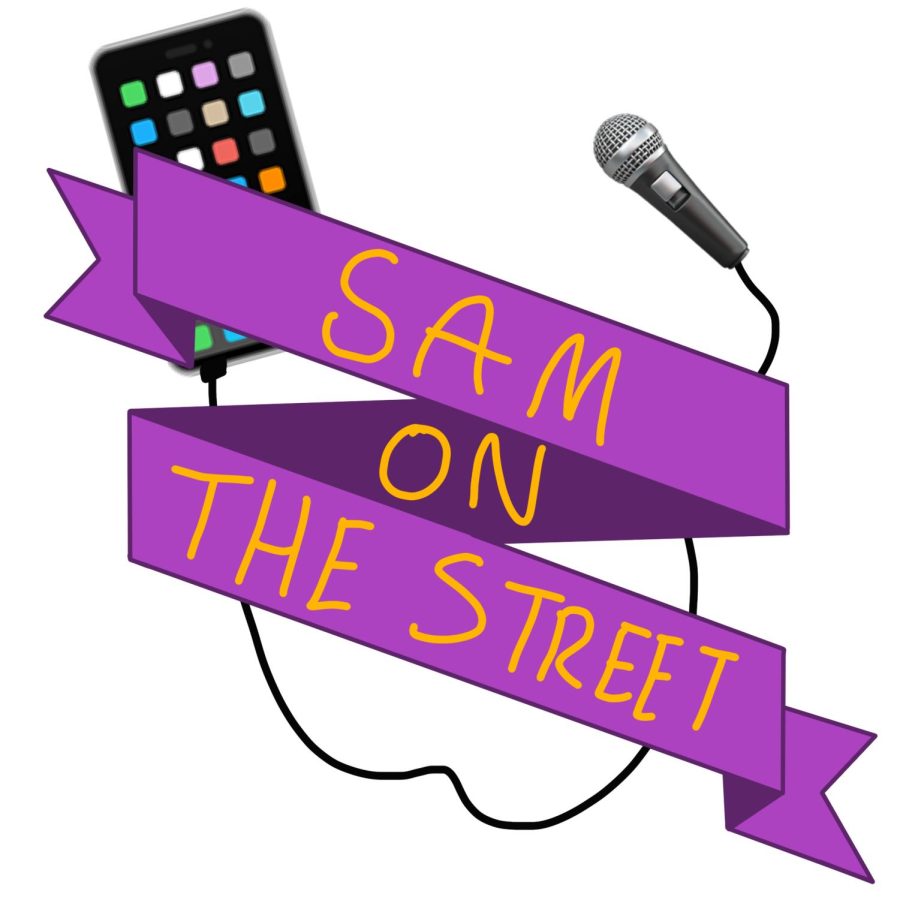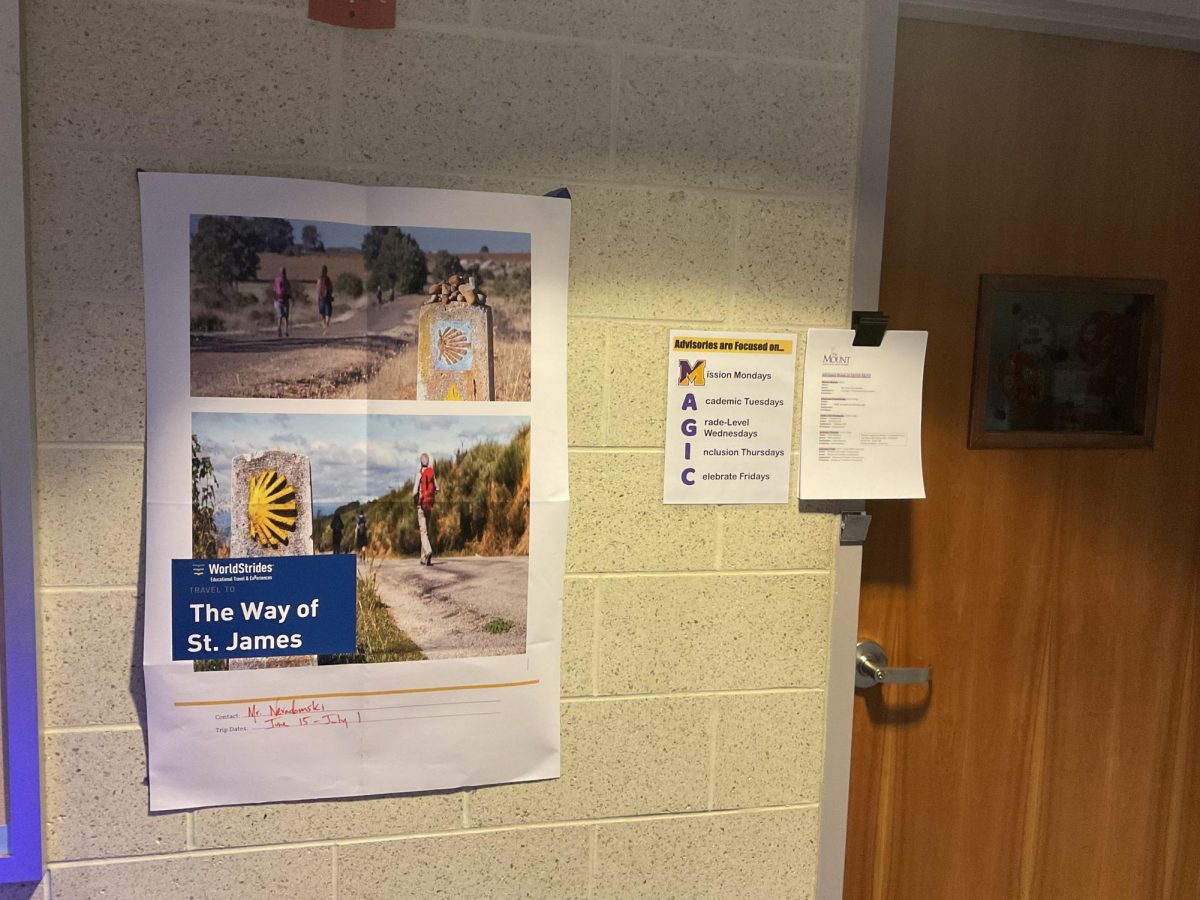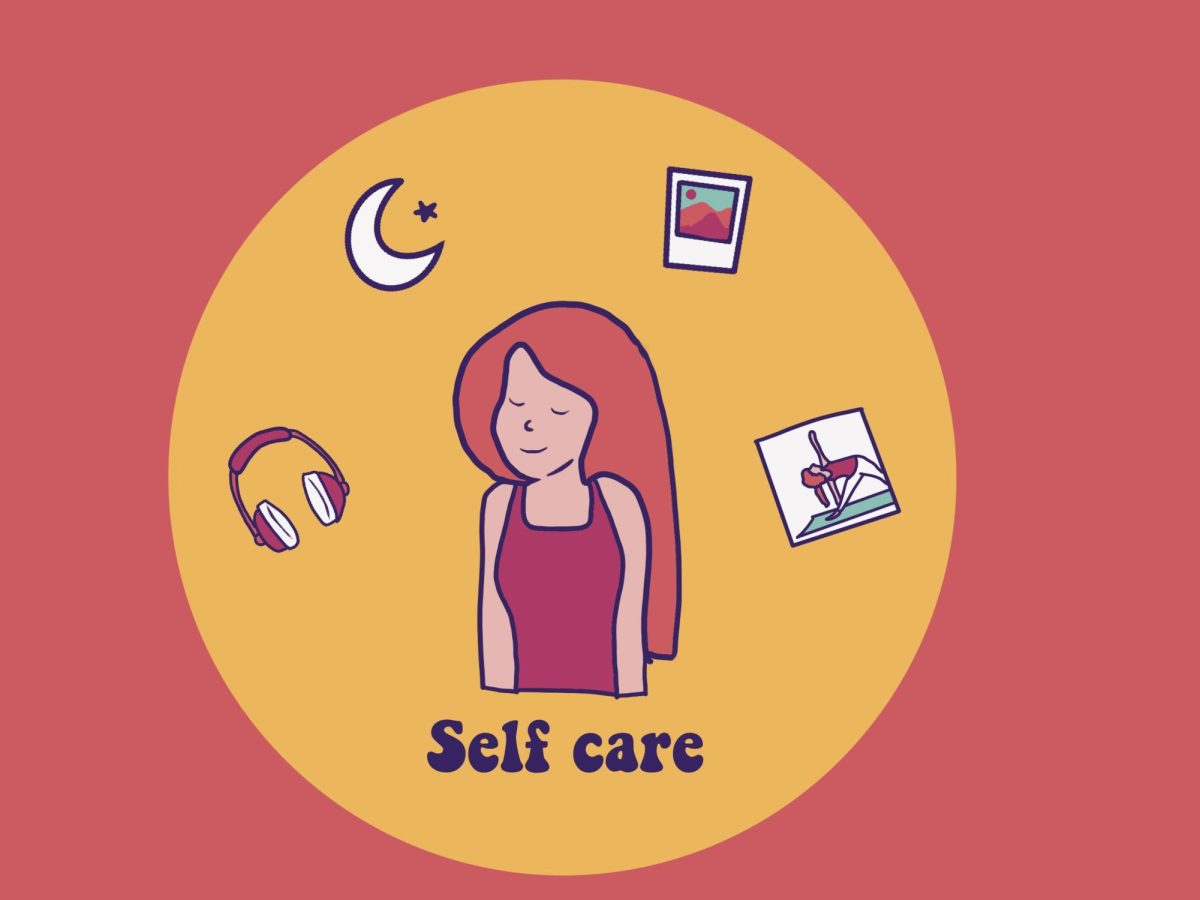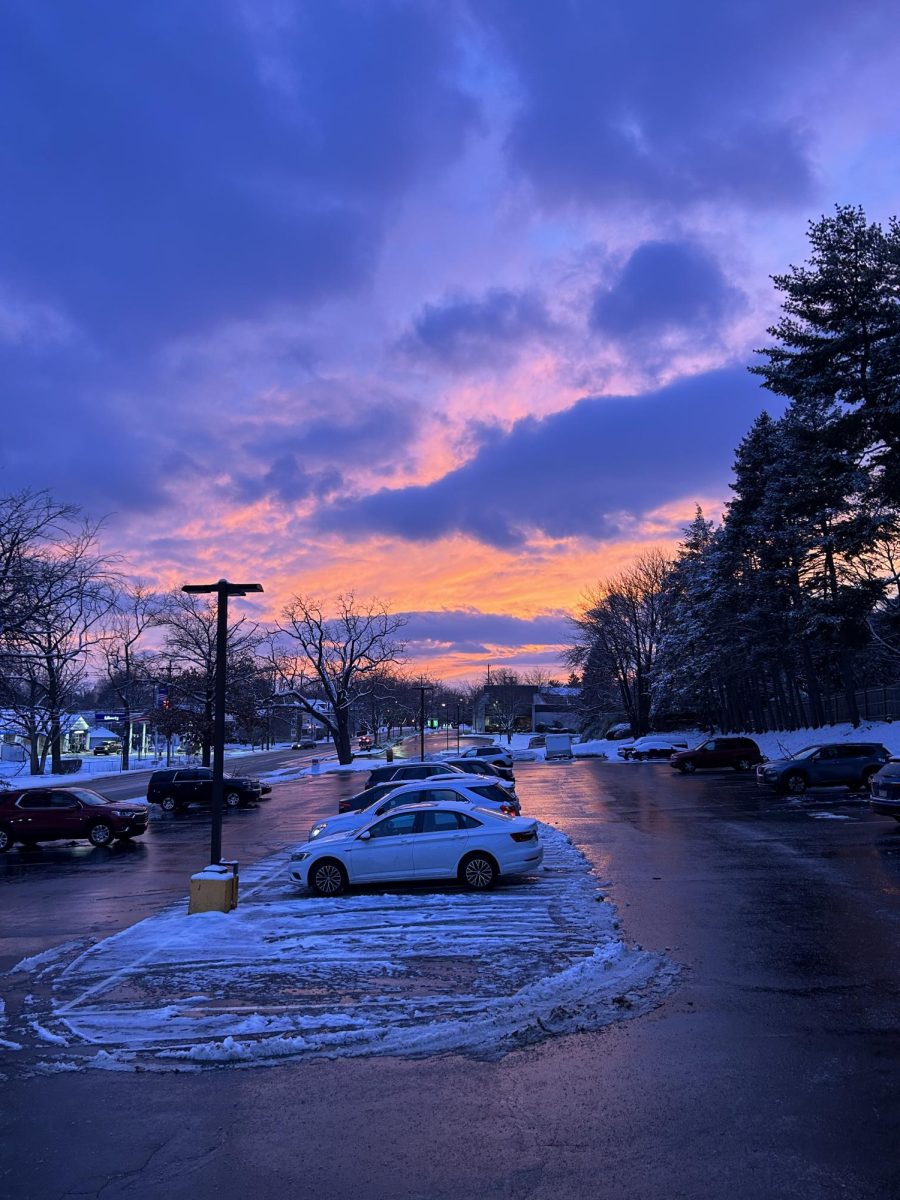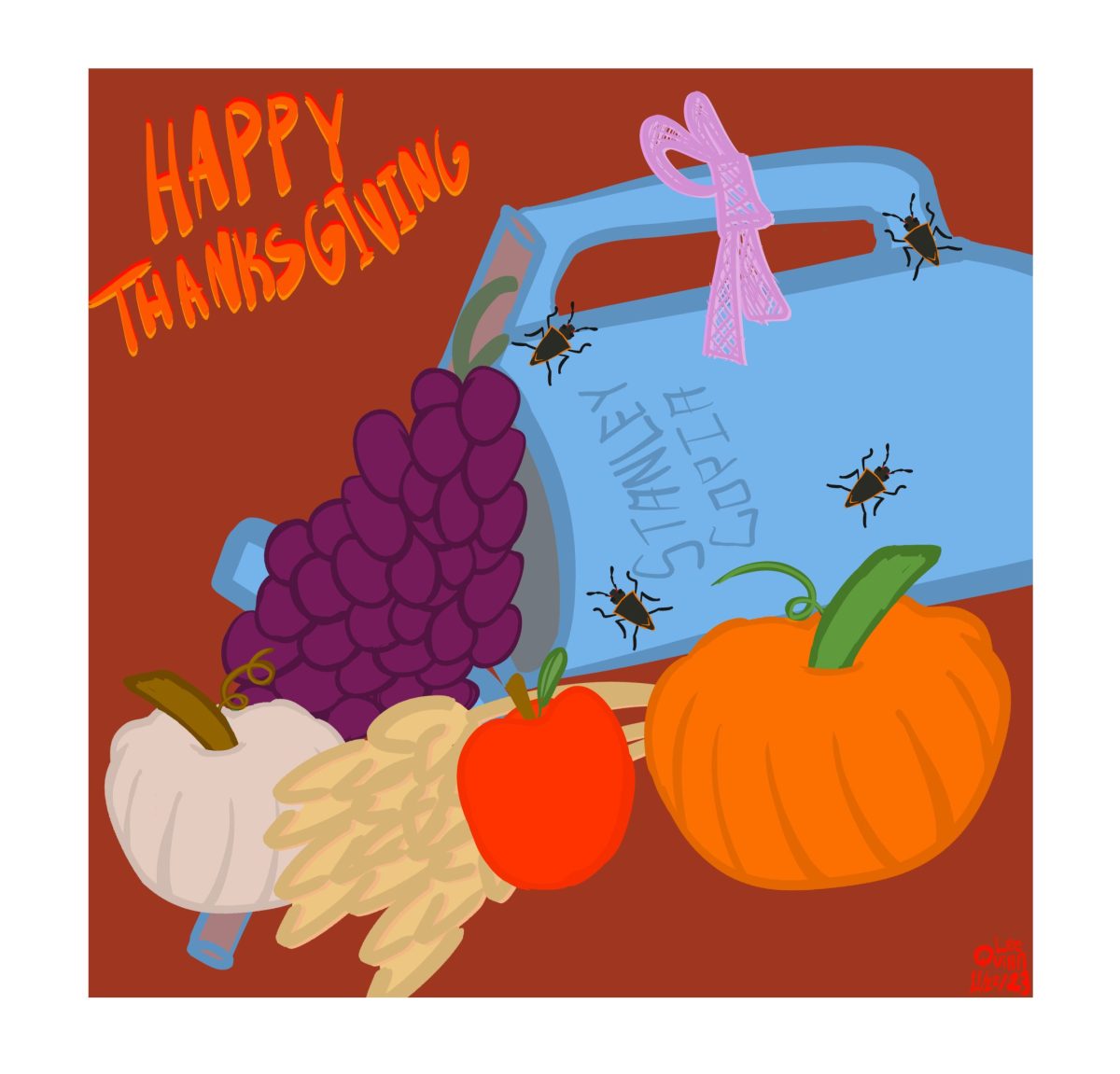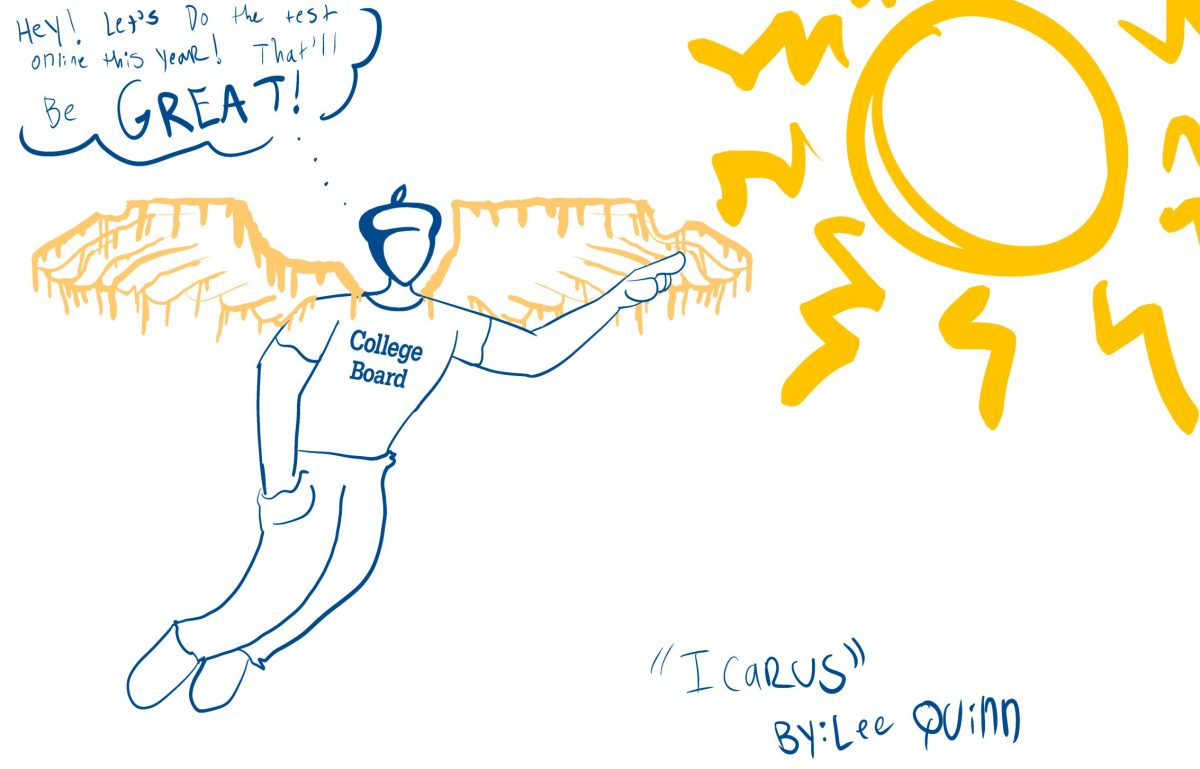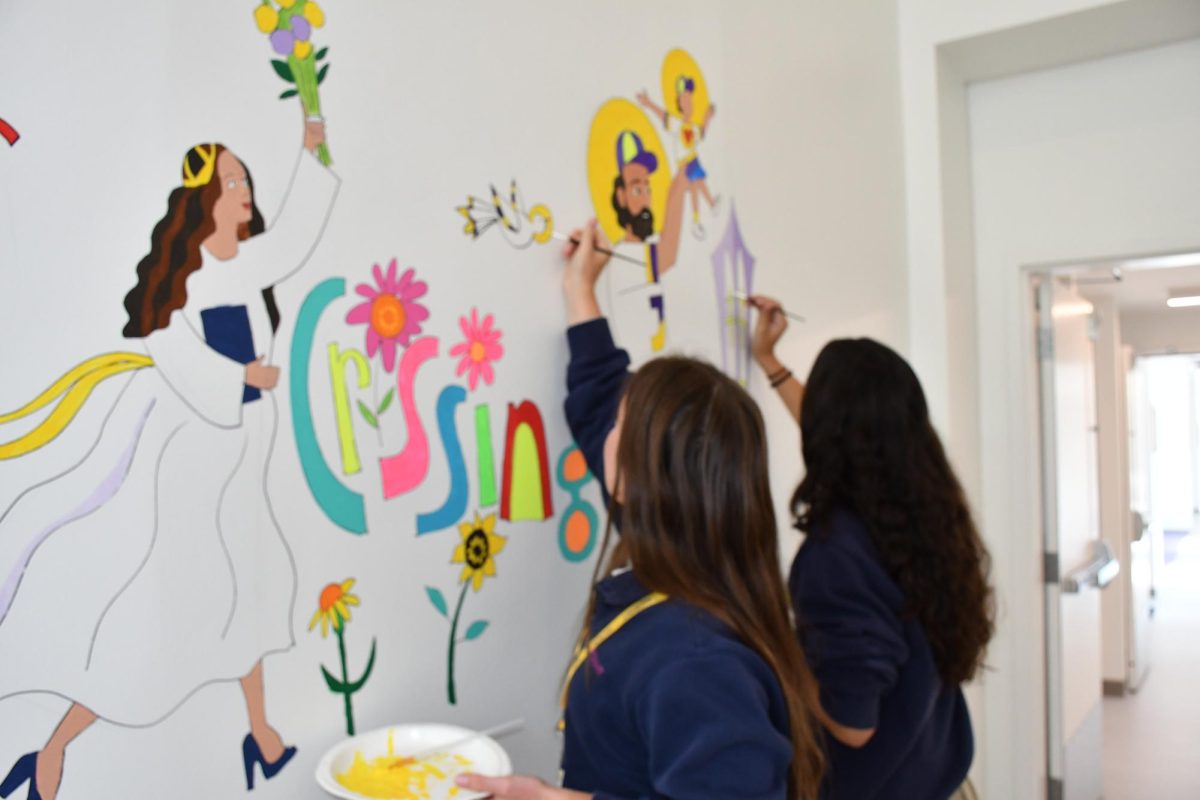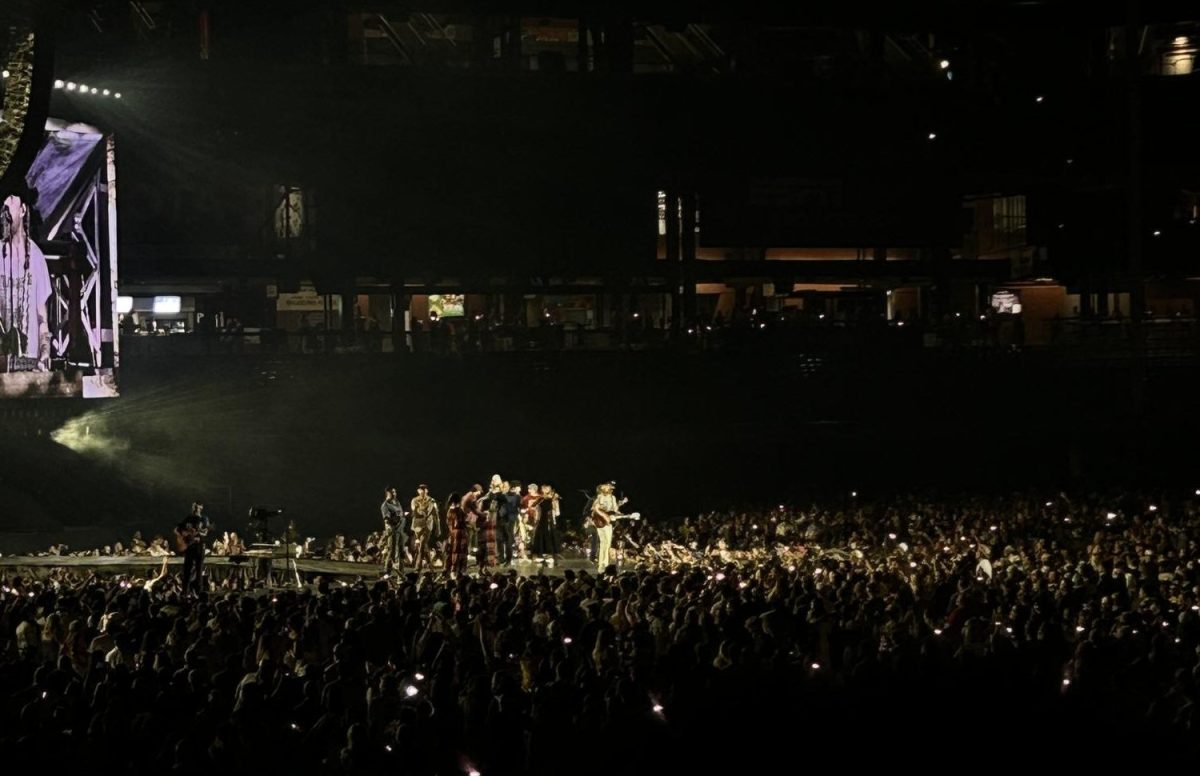A Sudden Shutdown: What Happened
On Oct. 20, 2025, a massive outage at Amazon Web Services (AWS) sent shockwaves through the digital world, knocking out access to dozens, if not hundreds, of platforms and apps that many students, teachers, and local businesses use every day, disrupting Mount Saint Joseph Academy, putting a quick pause on learning.
What is AWS, and Why did it Happen?
Amazon Web Services (AWS) is a cloud computing platform that provides a wide range of services such as computing power, data storage and databases all over the internet. This means that rather than each company maintaining their own complex infrastructure and services, many rely on AWS to store data, host websites or apps, run databases, and manage back-end services.
AWS first reported a problem at 3:11 a.m. ET and said it was dealing with an “operational issue” affecting 14 different services in its center in Northern Virginia.
At the Mount Director of Instructional Technology and Design, Kellyann Cilio, said, “Honestly, I first heard about it on the early morning news but didn’t think much of it at the time. Then, on my drive in, I started hearing that apps like InstaCart, Hulu, Snapchat and even Starbucks were having issues, so my ears perked up a bit. By the time I got into school and saw Canvas access acting up I knew we were part of this.”
By midday, Amazon declared that the main problem was reduced, though many services were still left recovering or backlogged. It was at this point that the Mount realized they were caught up in a massive nationwide outage.
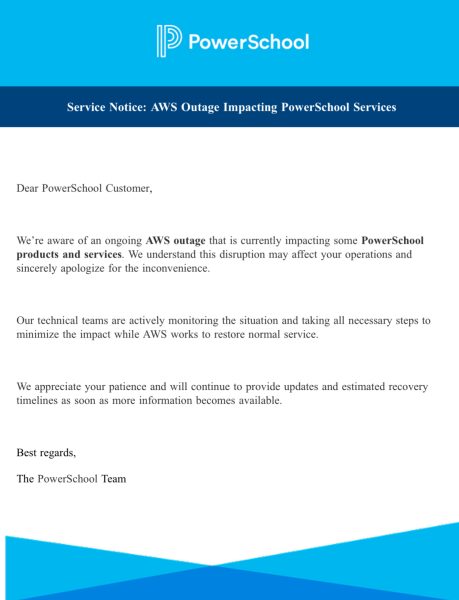
The Effect: Apps, Services, and More
Many companies build their systems on AWS, so when the outage occurred, its effects rippled outward. Popular apps like Snapchat, Roblox, Fortnite, and Canva experienced downtime errors, and even Amazon’s own services such as Alexa and Prime Video were affected. Financial and payment platforms like Venmo also faced delays and interruptions.
Canvas, a widely used learning management system in many schools, was notably impacted. The shutdown disrupted the flow of teaching, learning, and communication across entire districts, forcing teachers and students to rethink access to assignments, grading, and resources.
“For us, hands down, Canvas was the most visibly affected. Its functionality was completely disrupted.” Cilio said.
While many school districts likely have alternative systems, many rely partially on outsourced platforms or “cloud-hosted tools,” making the outage far more than just an inconvenience.
In addition to Mount Saint Joseph Academy, Gwynedd Mercy Academy High School, another all-girls private school in Montgomery County PA, reported disruptions with their online tools such as The College Board app.
The College Board app included platforms like AP Classroom and AP registration tools, which help students access assignments, quizzes, and necessary exam information for AP courses.
During the outage, these tools were temporarily unavailable, preventing students from accessing materials and submitting their work. This made it significantly harder for teachers to assign or grade. Nora
Leanna Fitzgerald ‘27, a student at GMAHS, shared her frustration about the outage. She stated, “It was an extremely inconvenient situation being in an AP class where the college board was shut down.”
Although different sites were affected in different schools, it still caused the same frustrations.
Effect on the Mount
At Mount Saint Joseph Academy, the main problem was when our main hub for all classes, Canvas, shut down. When it stopped working, many got frustrated. This enabled teachers from being able to post homework, students could not submit assignments, and teachers couldn’t update any grades. Some teachers even had to change their lesson plans entirely.
Even though the outage lasted less than a day, it caused ripple effects. Missed lessons and delayed assignments meant that teachers needed to adjust their schedules and deadlines, and students had to spend the next day catching up on work they could not complete.
“Some of my teachers handled it really well. We switched to paper and completed our lessons the best we could considering the circumstances” Julia McGlynn ‘27 said.
Cilio stated, “Fortunately, Google Workspace (Docs, Drive, Slides, etc) and other core systems remained intact, which allowed teachers to pivot in creative ways to keep classes rolling while the issue was resolved.”
Besides homework, communication also was affected. Canvas is a resource not just for submitting work, but students are able to connect with their teachers, check their grades, and stay updated with announcements. Many students were left confused and stressed because without this communication they didn’t know whether they should keep working or just wait it out.
“It was intense. We couldn’t access Canvas at all, so we all just waited for any updates. It really threw off the schedule,” Avery McNiven ‘27 said.
The outage showed just how dependent schools have become on technology. It raised questions about what happens when these tools fail.
“It was definitely a real-time lesson in just how interconnected our systems are! So many schools depend on cloud-based services for classroom materials, communications, and data storage that hiccups like this really test the resilience of a community.” Cilio said.
For Mount, it is clear that while these digital tools are extremely useful, we can not solely depend on them because they won’t always be 100% reliable, “Flexibility, creativity, and teamwork will always keep things running even when the cloud takes a nap.” Cilio said.

